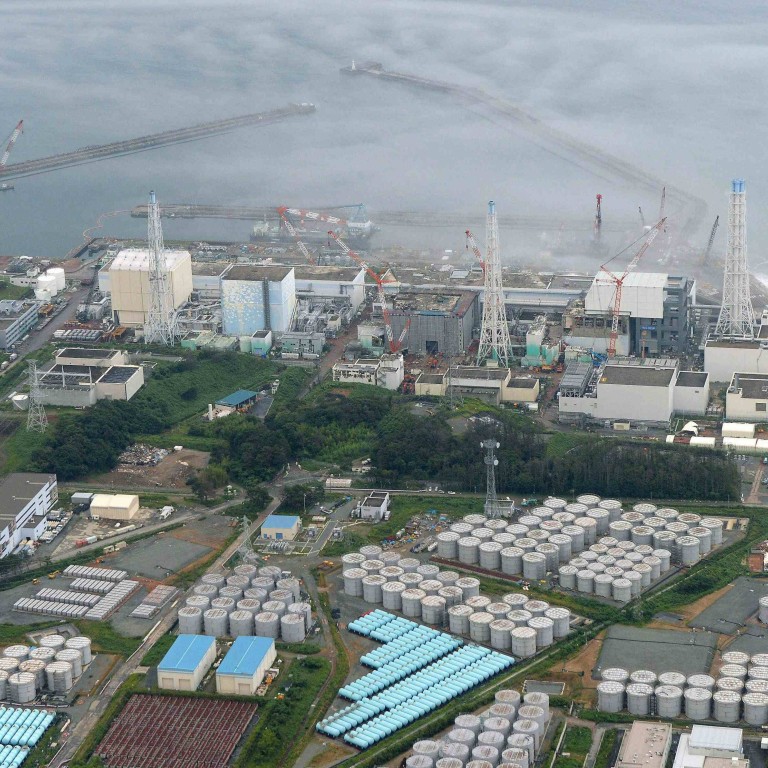
Strong typhoon heads for Japan and Fukushima nuclear plant
A typhoon described as the “strongest in 10 years” was closing in on Japan on Tuesday, on a path that will take it towards the precarious Fukushima nuclear power plant.
Typhoon Wipha, packing winds of nearly 200 kilometres per hour near its centre and bringing heavy rains, was in the Pacific south of Japan on Tuesday evening, the Japan Meteorological Agency said.
The storm was moving north at 35 kilometres per hour, according to the agency.

“It is the strongest typhoon in 10 years to pass the Kanto region (Tokyo and its vicinity),” Hiroyuki Uchida, the agency’s chief forecaster, told a news conference.
“It is expected to have a great impact on the traffic systems in the metropolitan area during commuting hours,” he said.
Automaker Nissan said it had told employees across Kanto to stay at home on Wednesday morning to ride out the storm.
As the weather agency issued warnings of torrential rain and strong winds, the operator of the Fukushima plant, Tokyo Electric Power (Tepco), said it was bracing for the storm after a series of leaks of radiation-polluted water.
“We are making preparations for proper management of contaminated water ... We will patrol places that could have inflows of water (from the storm),” a company spokesman said.
Cables and hoses have been bundled together, while ground and off-shore works have been halted, he said.
Earlier this month the company announced 430 litres of polluted water had spilt from a tank as workers tried to remove rainwater dumped at the plant by recent typhoons.
It has admitted contaminated water may well have flowed into the sea.
Japan’s atomic watchdog summoned the president of Tepco for a public dressing-down for sloppy standards at the plant after the incident.
The nuclear plant was badly damaged by the tsunami that hit in March 2011. Critics say it remains in a fragile state and at the mercy of extreme weather or other natural hazards.
In Vietnam on Tuesday, Typhoon Nari wreaked havoc across the centre of the country, killing five people, adding to the 13 lives the storm had claimed in the Philippines.
Residents said it was biggest typhoon since 2006, when Typhoon Xangsane barrelled through the region, killing some 250 people in the Philippines and Vietnam.
Flag carrier Vietnam Airlines said it had cancelled a total 22 flights to and from Hue and Danang city on Monday and Tuesday morning, leaving many tourists stranded.
Before Nari struck, Vietnam evacuated more than 120,000 people to makeshift shelters in public buildings away from vulnerable coastal areas, according to the country’s disaster authorities.
